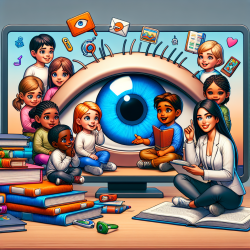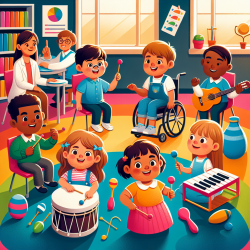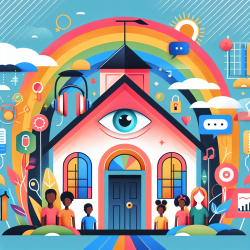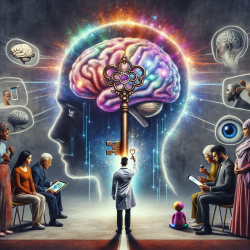Speech-language pathologists (SLPs) often find themselves navigating the complexities of working with bilingual students who have developmental language disorder (DLD). A key question that arises is: How do we design interventions that effectively support these students? Should activities be conducted in the home language, the school language, or a combination of both?
With the growing bilingual school-age population, more and more students with DLD are appearing on SLPs' caseloads. Recent census studies estimate that approximately 12 million children in the United States speak a language other than English at home. Additionally, DLD affects about 7%–10% of the population. These students require skills in both their languages to access the curriculum in the school language and to interact meaningfully with loved ones in their home language. International human rights organizations, such as the United Nations, support the right to use the language(s) of one's community.
As SLPs, we know that bilingual intervention does not delay language-learning in students with DLD. Even if we don't speak or understand the child's home language, we can still support both languages by building connections between them. One particularly effective method is using books in intervention. Books can engage children in both languages, promoting their communication and learning.
Here are some ways SLPs can use books to support bilingual students with DLD:
- Choose Bilingual Books: Select books that are available in both the home language and the school language. This allows children to make connections between the two languages.
- Interactive Reading: Engage students in interactive reading sessions where they can discuss the story in both languages. Ask questions, encourage predictions, and talk about the characters and plot.
- Parental Involvement: Involve parents in the reading process. Encourage them to read the same books at home in the home language. This reinforces the child's understanding and use of both languages.
- Use Visual Aids: Incorporate visual aids such as pictures, flashcards, and storyboards to help students make connections between words and meanings in both languages.
- Build Vocabulary: Focus on building vocabulary in both languages. Highlight new words and phrases, and provide translations to ensure comprehension.
Using books as a tool in bilingual intervention not only supports language development but also makes learning enjoyable and engaging for students. By integrating both languages into therapy, we help bilingual students with DLD thrive academically and socially.
For more information, please follow this link.










